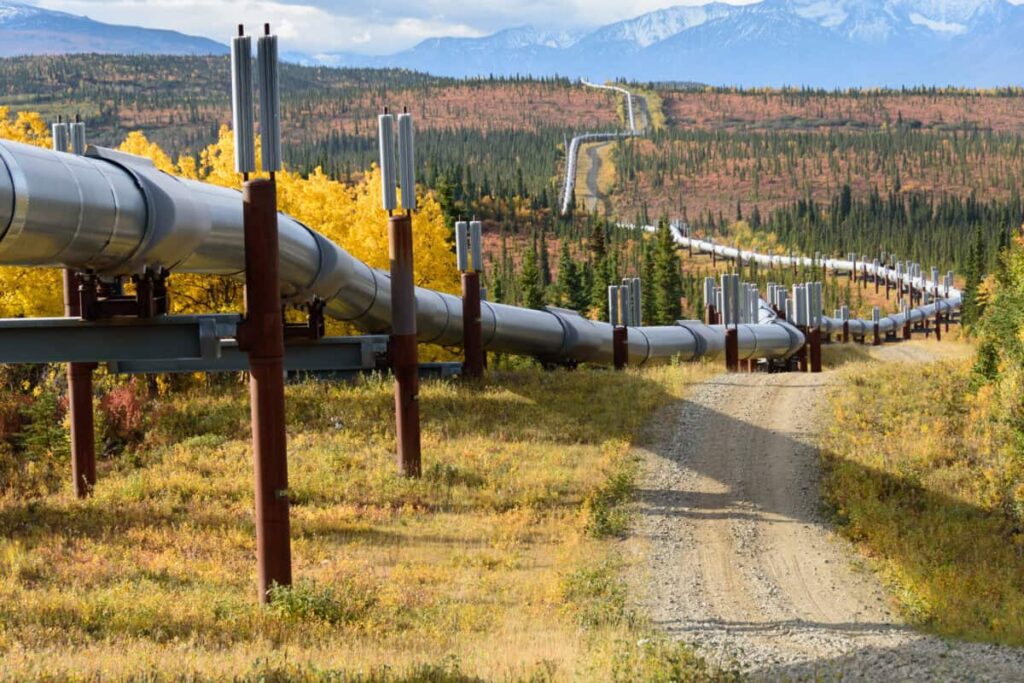It is an interesting time for Canadian investors as the federal election date of April 28 nears. Canada is the world’s tenth-largest economy and derives 33% of its gross domestic product (GDP) from international trade. Its heavy dependence on exports makes the economy vulnerable to tariff wars. With the election followed by Trump tariffs, the stock market will react not based on economic policies but on the international relations of the ruling government. Energy stocks will be the focus during the elections as energy is the country’s largest export, and 89% of that goes to the United States.
How to allocate $1,000 in energy stocks in today’s market
The present reality is that Canadian oil exports to the United States face a 10% tariff. The election will at least remove the uncertainty around who is heading the nation and the government’s policies. Whatever the outcome, having a stable government could drive energy stocks upward.
If the Conservatives win, they promise to push ahead with liquified natural gas exports. If the Liberals win, they promise to expand Canada’s energy infrastructure beyond the United States. In either case, the winner would be energy infrastructure companies that transport oil and natural gas.
Looking at the current scenario, you could consider investing $1,000 in Canadian energy infrastructure stocks dealing in liquified natural gas.
Two energy stocks to buy
I have identified two such energy stocks that could benefit from future government policies.
AltaGas
AltaGas (TSX:ALA) stock rallied 18% year-to-date when other energy stocks like Enbridge, Suncor Energy, and Canadian Natural Resources fell. Behind its contrarian growth was its lower exposure to exports to the United States. AtlasGas has undergone a turnaround, wherein it offloaded its power business.
The restructured company comprises natural gas utilities – Washington Gas and SEMCO, which serve four jurisdictions in the United States. The company is also in the Midstream business, whereby it exports natural gas to Asia through storage, rail logistics, pipeline, transportation services, and wellsite fluids.
Exports contribute only 12% of earnings before interest, tax, depreciation, and amortization (EBITDA). AltaGas earns 83% of EBITDA from utilities, take-or-pay, and fee-for-service contracts. If Canada pushes ahead with natural gas exports or supports a diversified export infrastructure, its stock price could surge significantly.
As the energy industry transitions from oil to natural gas, AltaGas stock has surged 164% in the last five years. You can enjoy future growth as well as a 3.2% dividend yield. The company plans to grow this dividend by 5% in four years.
TC Energy stock
Another energy stock to consider is TC Energy (TSX:TRP). The pipeline company spun off its oil pipeline business and is now focusing on natural gas pipelines. The company plans to spend $5.5–6 billion on U.S. Natural Gas pipeline projects, NGTL System expansions, the Southeast Gateway pipeline, and Bruce Power.
If the new government supports the pipeline extension and lowers restrictions, TC Energy could expedite its projects. More pipelines could drive the stock price as the asset value will increase.
The more pipelines that come online, the more revenue streams TC Energy will have. Its stock price has surged 37% since the spin-off. While the pipeline operator is exposed to Trump tariffs, they are unlikely to affect its dividends because of the dependency between the countries on natural gas.
Even if the tariff war alters the energy supply chain, government support could help TC Energy diversify to other markets. You can enjoy a 5% dividend yield, which will also increase annually.
In conclusion
Energy stocks are at the center of the trade war. While it brings challenges, it also brings opportunities. A selective approach can help you make the most of the current fear surrounding the stock market.

